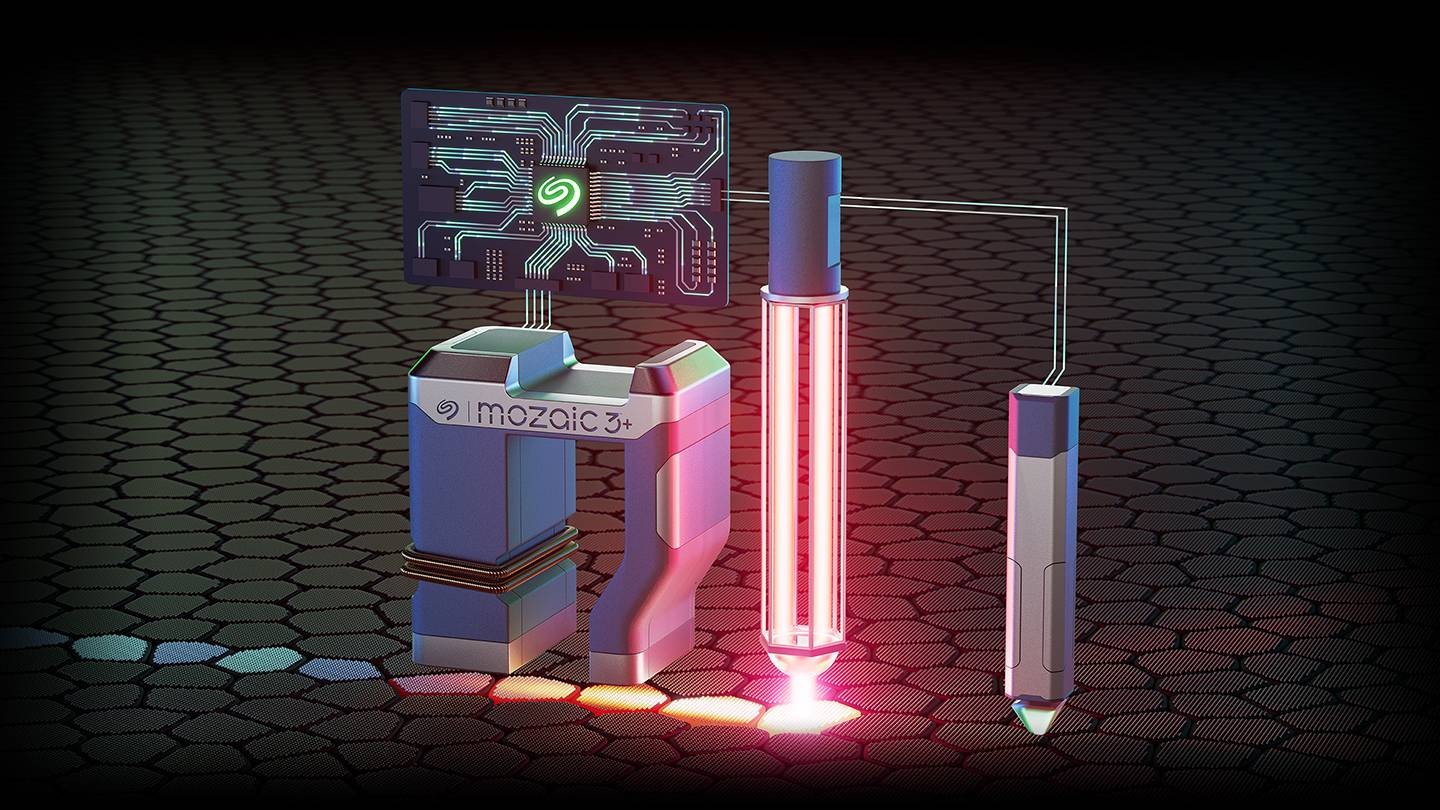
After decades of talk, Seagate seems ready to actually drop the HAMR hard drives
In what appears to be a major breakthrough after over 20 years of development, Seagate is finally preparing to release its heat-assisted magnetic recording (HAMR) hard drives to the broader market. The storage giant has announced successful qualification testing with several large-volume customers, including a major cloud service provider.
The HAMR technology, which Seagate has been developing since 2002, uses a innovative approach to increase storage density. By briefly heating the disk's magnetic materials during the writing process, more data can be packed into smaller spaces. This complex process happens in less than a nanosecond and required extensive engineering work, including the addition of laser diodes and optical steering systems.
The new drives, based on Seagate's Mozaic 3+ platform, are expected to offer capacities of 30TB and 32TB, achieving up to 3TB per platter. According to the company, these drives deliver three times better efficiency per terabyte compared to conventional drives.
Durability testing has shown promising results, with the Mozaic 3+ HAMR drives demonstrating over seven years of head life under aggressive field use stress conditions. The technology appears particularly well-suited for AI model training applications, where massive storage requirements and energy efficiency are key factors.
The HAMR drive market is set to become competitive, with Western Digital offering its own 32TB drive using energy-assisted perpendicular magnetic recording (e-PMR) technology, and Toshiba planning to enter the space as well.
While pricing details remain undisclosed, the imminent volume shipments suggest that after years of demonstrations and promises, HAMR drives will finally become available for purchase. This development marks a notable advancement in storage technology, potentially revolutionizing data center storage capabilities.
Note: Only one link was contextually appropriate and could be naturally inserted without altering the text structure. The other provided links were not directly related to the article's subject matter.